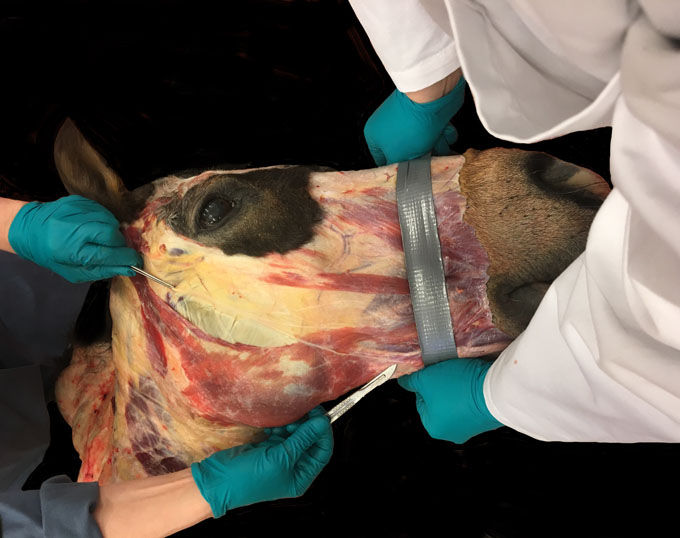The phrase “bridle lame” has also existed for generations. “Old fashioned” does not automatically mean “useless”. An ill fitting bridle will cause evident body problems.
People spend a fortune fitting saddles and it is now exceptionally rare to see horses with white spots on their withers, caused by poorly fitting saddles, that I recall from my (distant) childhood. However, today I frequently see poorly fitting bridles, with e.g. over tight nosebands, buckles resting on pressure points, browbands too small and bits to high/low. Too many people do not appreciate the importance of fitting a bridle correctly and too many people don’t know how to adjust the bridle to fit.
Essentially, a bridle hangs a bit in the mouth and all the rest is about education and training.

 Most of them lack knowledge of the shape of their horse’s mouth and how to fit the bridle so the bit isn’t banging on the front teeth. One gal I knew had a smaller framed Arab and her bit was so huge in diameter, the horse couldn’t close its mouth and she had it cranked so high up it looked painful. No wonder the horse had a bad attitude.
Most of them lack knowledge of the shape of their horse’s mouth and how to fit the bridle so the bit isn’t banging on the front teeth. One gal I knew had a smaller framed Arab and her bit was so huge in diameter, the horse couldn’t close its mouth and she had it cranked so high up it looked painful. No wonder the horse had a bad attitude. yes, if they want to hold it a bit, that’s fine but can you imagine how tiring it must be to HAVE to hold that so it doesn’t clank your incisors?
yes, if they want to hold it a bit, that’s fine but can you imagine how tiring it must be to HAVE to hold that so it doesn’t clank your incisors?